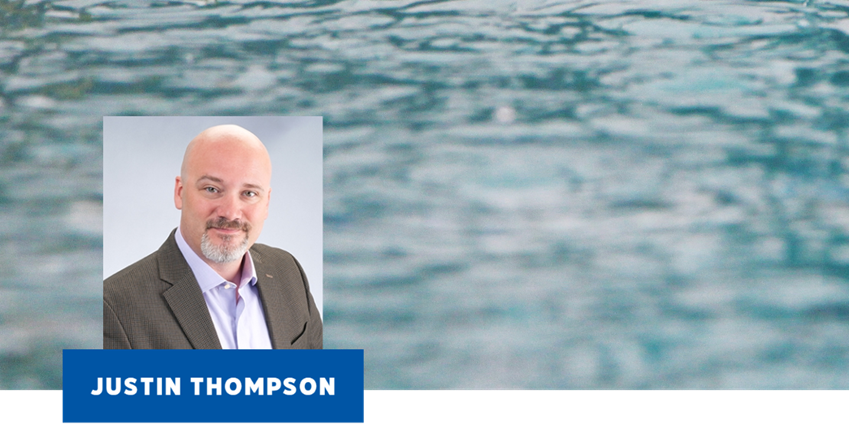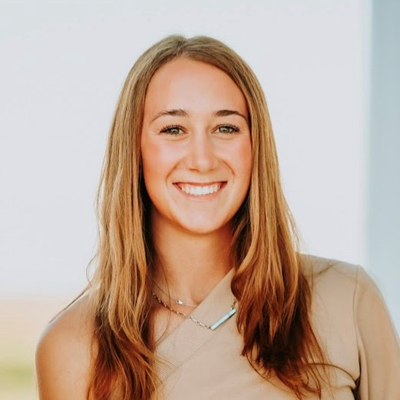Justin Thompson, Ph.D., strives to help Texas communities understand groundwater recoverability. With support from a 2021-22 Research Grant from the Texas Water Resources Institute (TWRI) and the U.S. Geological Survey (USGS), his research findings are helping citizens, groundwater districts and government leaders begin to understand who can and cannot afford to produce groundwater in the future.
“When I think about groundwater recoverability, it has two components — a physical component and an economic component,” said Thompson. “On the physical side, you want to know what the water level does and whether the well will fail operationally. On the economic side, you want to know how costs will change as the water level changes.”
Thompson is currently a full-time researcher in the Bureau of Economic Geology (BEG) at the University of Texas. Although his Ph.D. is in geoscience, the Houston native’s story did not begin this way. It was not until nearly a decade after graduating from Texas Tech University with an undergraduate degree in international business that Thompson found himself itching to expand his expertise. His water-related interests eventually led him to UT, where he obtained a double master's in energy and earth resources and global policy studies.
From there, Thompson completed his Ph.D. and worked as a postdoctoral fellow at the bureau. He has spent much of his time as a researcher creating and improving an analytical model, which now serves as the basis of his research.
The model is designed to answer a variety of questions concerning the behavior of a well during, after and between pumping periods. It uses data and analytical solutions to answer questions such as, “Does the well operationally fail over the course of a planning period? If it does, can it be remediated? How do costs change?”
Thompson’s TWRI-funded research utilized this model to study groundwater recoverability of the Carrizo-Wilcox Aquifer. He ran the model on around 1,000 livestock, irrigation and domestic wells within the groundwater conservation district.
Before beginning his case study of the Carrizo-Wilcox, Thompson knew that the aquifer was estimated to store 5 billion acre-feet of water. When comparing this to the water supply deficits portended by the 2022 State Water Plan of 7 million acre-feet, it appears Texas citizens could have more than enough water, but the real available water is more complicated.
By using his model, Thompson said he was able to answer the billion-dollar question, “Is it feasible to pump this water, and if it is, who is it feasible for?”
He found that although there may be operational issues, these are minute compared to the problems associated with the cost of pumping the water. Municipalities may be able to afford it, but an average farmer probably cannot, he said.
The publication associated with this research is in the peer-review process, and Thompson is currently working on making improvements to the model. He wants to operationalize the technology and make it user-friendly for groundwater districts and stakeholders across the state.
Thompson said this is important to Texans because it can change how leaders plan for water availability in the state. “Our groundwater districts are required by law to think about the socioeconomic impacts of their decisions when they make them,” said Thompson. “They have never had a way to really figure this out before, but this model gives them a way to do that.”
He said that the most exciting part of his research was creating something that could benefit Texas today, tomorrow and in the future.
His advice for students who want to go into a water-related field is, “Find what really sparks your fire and dive into it. Water in Texas is a small world, so utilize every networking opportunity because you never know when it will help you.”


